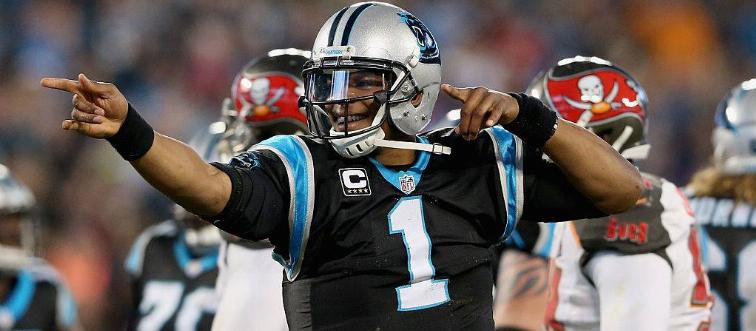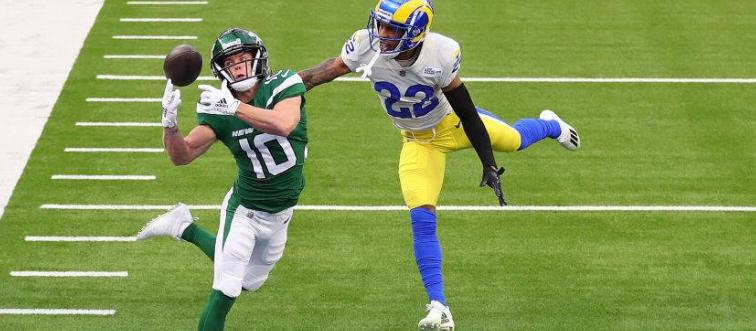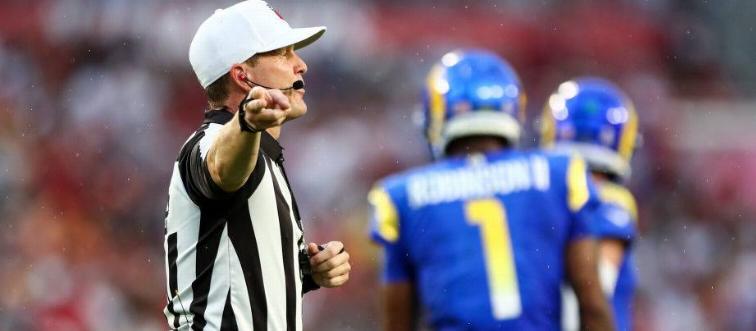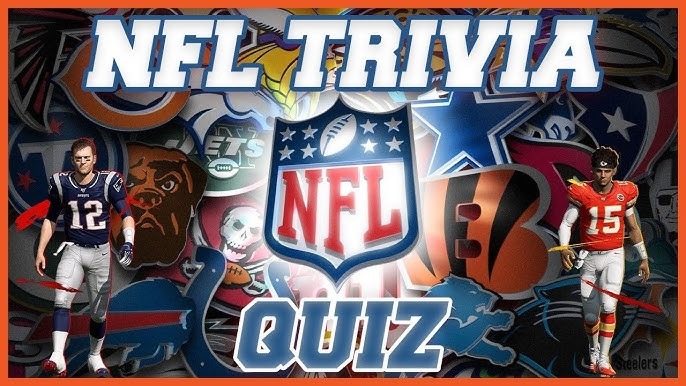The players on the field. What happens next?

A kickoff marks the beginning of the game. Most football leagues, including the NFL, use a pre-game coin toss to decide which team will kick off and which team will receive the ball.
After a kickoff touchback in the NFL, where is the ball placed?

A touchback after a kickoff places the ball at the 25-yard line. It was originally set at the 20-yard line, but the change was made to reduce concussions by discouraging the risky play of a return. As a result, teams are more likely to opt for a touchback.
What is the penalty for a False start?

The penalty for a false start is 5 yards. A false start occurs when an offensive player moves out of their stance or approaches the line of scrimmage before the ball is snapped.
How many players are on the field at once in a game?

A regulation football game features 22 players on the field, with each team consisting of 11 players on offense and defense. If a team has more than 11 players on the field, it's often referred to as having "twelve men on the field," resulting in a 5-yard penalty.
What line separates the offense and the defense?

An imaginary line called the line of scrimmage separates the offense and defense. It is the spot where the ball is placed at the end of a play and extends from one sideline to the other.
How many defensive players have to be on the line of scrimmage?

Defenses are not required to position any players at the line of scrimmage. However, the offense must have at least seven players lined up at the line of scrimmage, consisting of a specific group of players.
In one play, how many times can a forward pass be made?

A forward pass can only be made once during a play. However, a backward pass, known as a lateral, can be made multiple times, as long as the ball carrier throws the ball to a teammate in the backward direction, away from the defense's goal line.
Who snaps the football to the QB?

The center is the player responsible for snapping the football to the quarterback (QB). Positioned in the middle of the line of scrimmage, centers make line calls and identify the defensive formations to help the QB adjust the play accordingly.
For an offensive holding penalty, how many yards are given?

Offensive holding results in a 10-yard penalty. Typically, if a referee throws a yellow flag behind the quarterback, it indicates an offensive holding infraction. Referees view any actions involving grabbing, clutching, spinning, or restraining as grounds for a holding penalty.
Is there such a thing as Defensive holding?

Defensive holding is a violation in football. If a defender grabs or tackles a player who is not in possession of the ball, the referee will call a 5-yard penalty for this infraction.
What’s the line between the endzone and the field of play?

The goal line divides the end zone from the field of play. When the offense is within 10 yards of the end zone, they have four attempts, known as downs, to score by either achieving a touchdown or kicking a field goal.
On 4th down, how does the offense change field position?

On fourth down, the offense will often choose to punt to improve field position. They must kick the ball away unless they opt to attempt to gain a first down. If the offense fails to convert, the defense is awarded possession of the ball.
How does a punt returner signal for a fair catch?

When a returner waves their hands before catching a punt, they are signaling for a fair catch. This indicates that no player on the kicking team is allowed to hit or tackle the returner once the ball is caught.
What is the penalty for a returner running after a fair catch signal?

A delay of game penalty is assessed against a returner who tries to run after signaling for a fair catch. This penalty results in a five-yard loss from the spot where the signal was made.
How many yards is a Personal Foul penalty?

A personal foul results in a 15-yard penalty. Common examples include clipping, chop blocks, blocking below the waist, and using the helmet. If the foul occurs on the defense, the offense is awarded an automatic first down.
How many officials are in an NFL game?

An official NFL game requires eight officials to oversee the action. These officials include the referee, umpire, line judge, side judge, down judge, back judge, field judge, and video replay official.
If the QB throws the ball out of bounds with no receiver around, what’s that called?

Intentional grounding occurs when the quarterback throws the ball out of bounds or to the ground without a nearby receiver. This often happens when the quarterback is under pressure and tries to avoid being sacked. The penalty for intentional grounding results in a 10-yard loss for the offense.
What year did the NFL start?

In 1920, the NFL was established, originally named the American Professional Football Association. The league officially rebranded itself as the National Football League before the start of the 1922 season, a decision that has contributed to its enduring identity.
Without a penalty, how many yards are needed for a 1st down?

A team must advance the ball at least ten yards to achieve a first down. The offense is given four attempts to cover this distance; otherwise, they can choose to punt, attempt a field goal, or risk losing possession of the ball if they fail to make the necessary yards.
On the line of scrimmage, how many offensive players must be there?

Seven players from the offensive team must line up at the line of scrimmage. Typically, this includes five linemen, while the remaining two players are known as "Ends," positioned at either end of the line, which can be on the same side or opposite sides.
What is it called when the QB is sacked in their own endzone?

A safety occurs when the quarterback or any offensive player with the ball is tackled in their own end zone, resulting in two points being awarded to the opposing team. Additionally, if the ball is fumbled and then recovered by the defense in the end zone, it counts as a touchdown.
A Field-goal is worth how many points?

A field goal is worth three points and is typically attempted by the offense when they are close enough to the goalposts, especially on fourth down or when they need to win the game.
Not including the endzone, how long is Football field?

A football field measures 100 yards in length and 53.3 yards in width. The field is marked with numbers ranging from 1 to 50, with the midpoint located at the 50-yard line. Beyond this, the numbers decrease from 50 to 1 as they approach the goal line.
Touchdowns are worth how many points?

A touchdown is worth six points. Following a touchdown, the scoring team can opt for a Point After Touchdown (P.A.T.) or attempt a two-point conversion by running or passing the ball from the 5-yard line.
When is Intentional grounding NOT a penalty?

It is not considered intentional grounding if the quarterback is outside the "tackle box" and throws the ball away. The "tackle box" refers to the area between the two ends of the offensive line.
What is the penalty for a Defensive lineman lined over the line of scrimmage?

A neutral zone infraction occurs when any defensive player is positioned beyond the line of scrimmage. This results in a 5-yard penalty. Additionally, it can be called if a defensive player crosses the line during the snap and causes an offensive lineman to move.
When a defender catches the QB’s pass, what is it called?

An interception occurs when the defense catches a pass attempt made by the quarterback or any offensive player. A "pick six" refers to a situation where a defender intercepts a pass thrown by the quarterback and returns it for a touchdown.
A pass that hits the ground is called what?

An incomplete pass occurs when a pass attempt by the quarterback or an offensive player hits the ground. It is also considered an incomplete pass if a receiver drops the ball after initially catching it without making a legal football move.
Which players can recover a fumble?

Any player can recover a fumbled ball. Once officials determine that a fumble has occurred, any player is eligible to recover it. If the offensive team recovers the ball, they retain possession; however, if the defensive team recovers it, it results in a turnover.
How do referees signal a penalty?

Penalties are indicated by officials or referees throwing a yellow flag onto the field. These yellow flags signal infractions such as pass interference, roughing the kicker, or offsides, which can scatter across the field.
